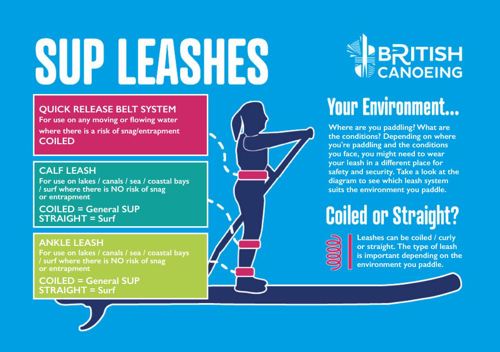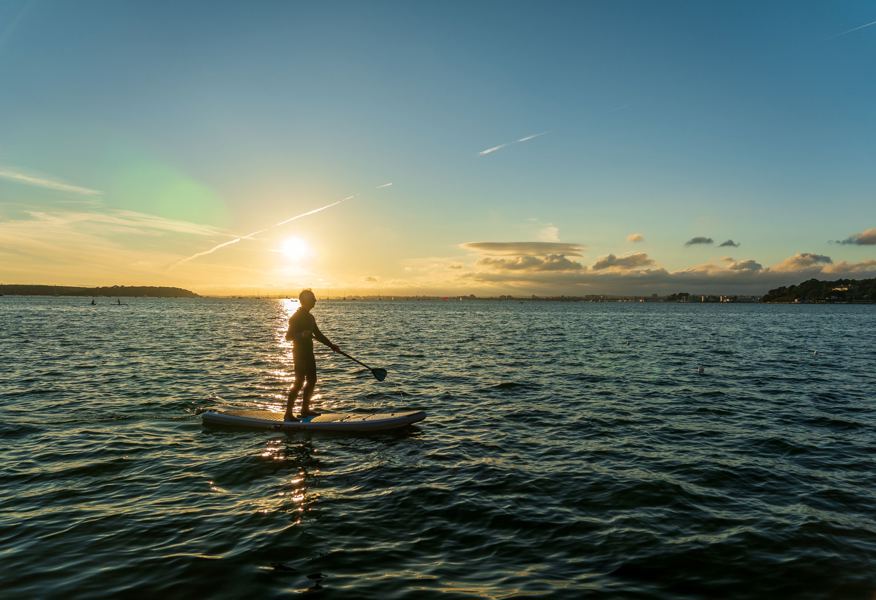Stand up paddleboarding (SUP) has fast become the must-do activity in recent years, but with all new activities there usually follows incidents and accidents that are in the main minor, but occasionally end in tragedy.
Paddleboarding has not escaped this phenomenon unfortunately, with fatalities in other areas of the UK as well as locally, with the tragic loss of four paddleboarders at Haverfordwest Town Weir in 2021.
Stand up paddleboarding is where people stand on what is usually an inflatable board, but they can be made from other materials such as fibreglass, and paddle themselves along a lake, river or canal. Although it’s been around since the forties, it’s only in recent years that it has become the fastest growing water sport in the world.
Every time and every place you choose to use your SUP, safety should be number one in your mind and nowhere is this more important than rivers and estuaries due to the fast flowing nature of the water. The easiest way to help ensure your safety is to P.L.O.T. your day on the water.
P – Personal flotation device (PFD)
Unfortunately many still consider this vital piece of equipment unnecessary as they believe themselves to be good swimmers, but wearing a PFD with a minimum of 50N buoyancy will give you the essential support you need should you end up in the water. A PFD will also help with keeping you warm by reducing the impact of the wind while standing up. A PFD is extremely important, even for the most experienced of paddlers.
L. – Leash
Another crucial piece of safety equipment for your day out, this ensures that you don’t get separated from your board if you fall off. It’s important to know about the different types of leash and where they should be used. When paddling in rivers and estuaries you will need a coiled SUP leash and a quick release waist belt. If you fall off your board and go to opposite sides of an obstruction, such as a mooring buoy, then the flow will prevent you reaching your ankle to release the leash. With a quick release waist belt you will be much safer. An ankle leash will be fine for lakes and the sea where there is no river or tidal flow, but always use a quick release system on flowing water. This diagram (below) put together by British Canoeing and the SUP technical group might help.
O. – Obstruction
A vital piece of planning your day is the consideration of any potential hazards you may encounter. When near moored vessels you should stay at least two board lengths away from them, the same for bridge pillars, navigation buoys and any other obstructions. Flowing water can affect your intended course so always monitor your position relative to your surroundings to ensure your course.
T. – Telephone
The last part of PLOT is always carry a means of communication. A mobile phone is great but make sure you keep it in a waterproof bag. If you are out in areas such as the Milford Haven Waterway then a waterproof hand held VHF radio could help you raise assistance should you need it. Make sure your device is fully charged and remember, before you set off tell someone on shore where you are going and when you will be back. If you get delayed, make sure to let them know or they could call the emergency services believing you are in trouble.


